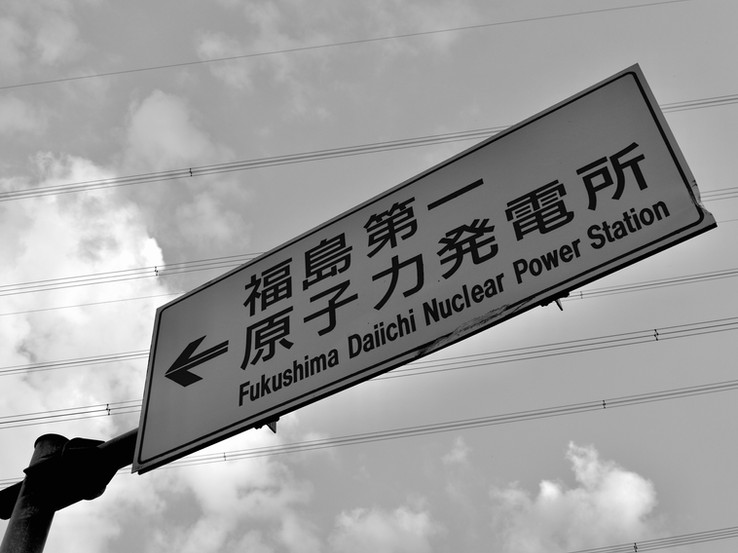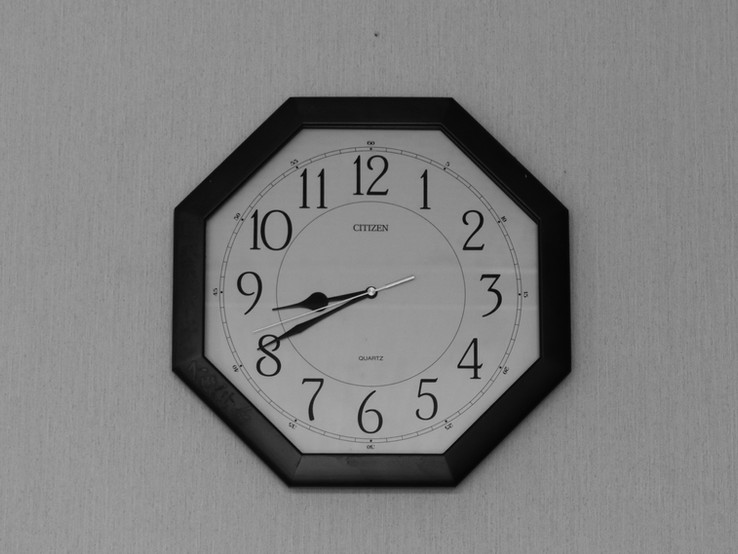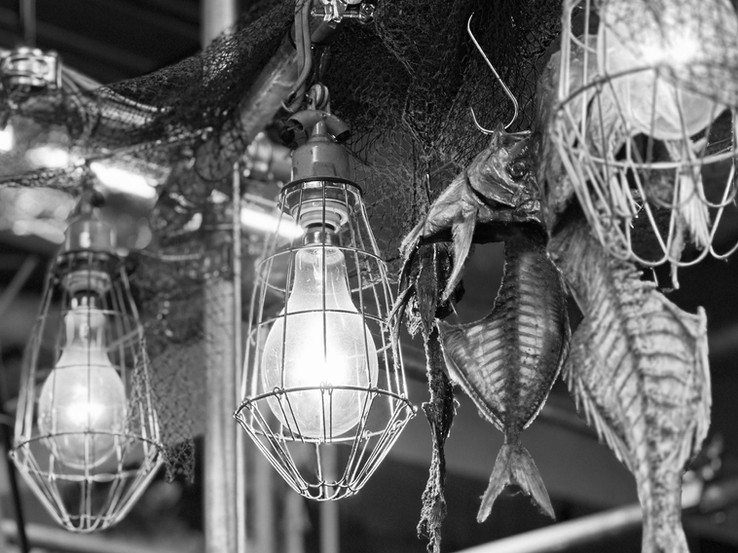The Unbearable Trauma of Fukushima
- glosnapgs
- 2023年8月19日
- 讀畢需時 2 分鐘
已更新:2023年9月18日
Following the earthquake and tsunami in the Tohoku Region of Japan in 2011, the failure of cooling systems at Fukushima Daiichi Nuclear Power Plant has resulted in several explosions and fires. Not only did the local residents evacuate from their hometown, but the global society also experienced the panic-buying of salt and the banning of Fukushima products.
Fukushima prefecture is unfortunately equivalent to the nuclear disaster, even after more than a decade. Though the nuclear exclusion zones have gradually reopened, countless ruins still exist, mainly in Futaba and Okuma. Ghost town with damaged infrastructure. Uninhabited yet growing wildlife. Time has been frozen with the exact calendar of 2011 hanging on the wall.
Nearly 40 memorial facilities have been built at the current stage, as the common desire of the survivors to pass the memory to the future generations. In the Great East Japan Earthquake and Nuclear Disaster Memorial Museum, the slogan “Nuclear Power, the Future Brightening Energy” has been placed at the exit. The ironic display reflected an unforgettable lesson.
As the reconstruction is in progress, the Japanese Government has unilaterally decided to dump nuclear waste water into the sea. Authorities claimed the decommission of the nuclear station is the premise of reconstruction of Fukushima. While maintaining over than 1000 tanks could pose the risks of aging and leakage, disposal is the necessary option.
Instead of “contaminated water”, the official regarded it as “ALPS treated water” by TEPCO, claiming that it will have a negligible radiological impact on humans and the environment. On the other hand, the International Atomic Energy Agency will continuously monitor the disposal of water for the application of the relevant international safety standard.
According to TEPCO, the nuclear wastewater will be processed in two steps. The ALPS, aka the Advanced Liquid Processing System, filters 68 radioactive substances from the contaminated water. As no separation technology is applicable to tritium at the current stage, the treated water will be diluted with seawater until its level reaches below regulatory limit before discharge.
Scientists worried about the uncertain impact of the 69 radionuclides. Other than the concerns of the livelihood sustainability and the shrinking reputation of the fishing and agricultural industries, the government and TEPCO have failed to fulfill their promise, given that the agreement of any disposal will not proceed without the understanding of relevant parties.
The plan had triggered opposition from the globe, with the imported food ban by China and Hong Kong authorities once Japan discharged the water. As Chansey, the anime character owning “Lucky” as its Japanese name, has been appointed to be Fukushima's Support Pokémon, I wish the government could solve the political crisis and restore the happiness of Fukushima.
With the removal of entry restriction, residents started to return to their hometown, such as Iitate and Tomioka, decontaminating radiation and resuming their local industry. To use, or not to use. That is the question. While nuclear energy sustains rapid urban development, its hidden threat and radioactive waste generate risks to the vulnerable human and environment.




























































































































留言